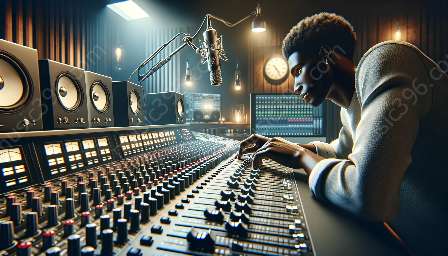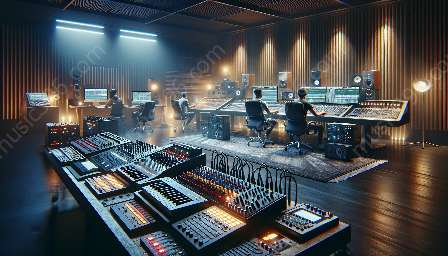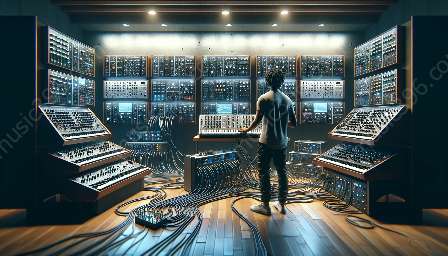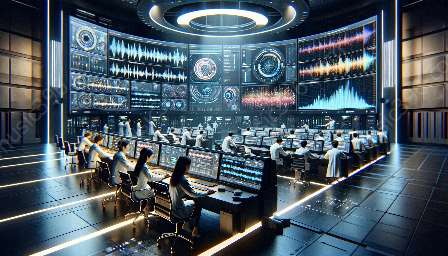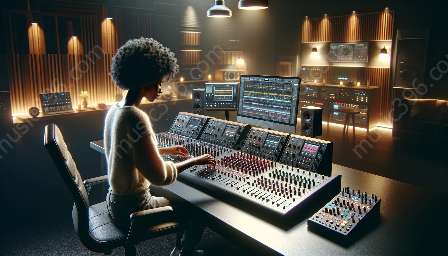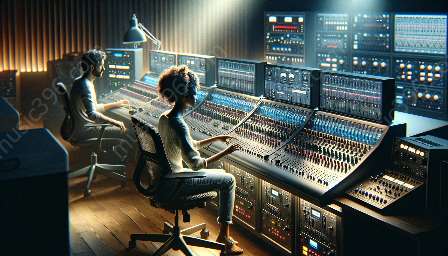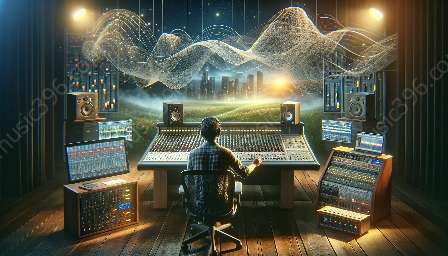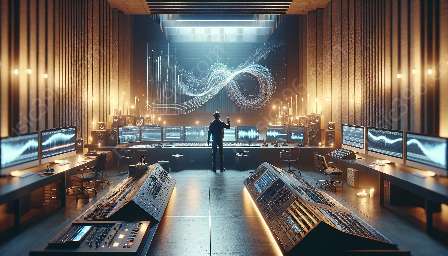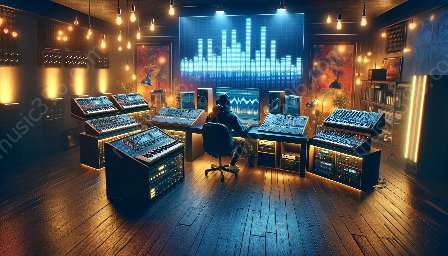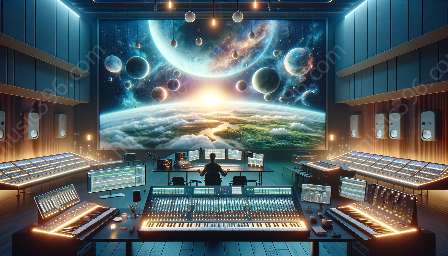Music encoding plays a crucial role in the development of interactive music notation systems, offering innovative solutions for music technology and a more engaging musical experience. This comprehensive topic cluster provides a detailed exploration of how music encoding enables the creation of interactive music notation systems, fostering the integration of music technology and encouraging innovation in the field.
The Importance of Music Encoding in Music Technology
Music encoding involves the representation and storage of musical information in a machine-readable format, thereby enabling the manipulation and analysis of musical data using digital technologies. This encoding process facilitates the development of interactive music notation systems by providing a robust foundation for capturing, storing, and transmitting musical content with precision and accuracy. Through the use of standardized music encoding formats such as MusicXML and MEI (Music Encoding Initiative), music technology professionals can create advanced systems that generate interactive and dynamic music notation, enhancing the overall accessibility and usability of musical compositions.
Enabling Interactivity through Music Encoding
Interactive music notation systems leverage music encoding to enable a wide range of interactive features that enhance the user's experience and understanding of musical compositions. By encoding musical elements such as notes, rhythms, dynamics, and articulations, developers can create interactive notation systems that allow users to engage with the music in a more immersive and interactive manner. This interactivity may include features such as real-time playback, educational tools, adaptive notation display, and collaborative music-making capabilities, all of which are made possible through the underlying music encoding technology.
Integrating Music Technology with Encoding Innovations
The integration of music technology with innovative encoding techniques has revolutionized the way musicians and music enthusiasts interact with notation systems. Music encoding facilitates the seamless integration of digital audio, MIDI (Musical Instrument Digital Interface), and other multimedia elements within interactive notation systems, providing a multi-modal and enriched musical experience. Furthermore, advancements in music encoding have led to the development of interactive music notation software and applications that empower musicians to create, share, and perform music in novel ways, thus expanding the possibilities for musical expression and creativity.
Expanding Accessibility and Collaboration
Music encoding contributes to the broader goal of expanding accessibility and collaboration within the realm of music technology. Interactive music notation systems, driven by efficient encoding mechanisms, can be utilized to create accessible and inclusive environments for musicians with diverse needs and preferences. Furthermore, these systems foster collaboration among musicians, educators, and music enthusiasts by offering intuitive tools for collaborative composition, learning, and performance, thus promoting a more interconnected and dynamic music community.
Facilitating Innovation and Creativity
By leveraging music encoding technologies, creators and developers can harness the power of innovation to push the boundaries of interactive music notation systems. The flexible nature of music encoding allows for the implementation of novel features and functionalities within notation software, leading to the emergence of groundbreaking tools for musical expression and exploration. As a result, music technology continues to evolve, driven by the creative possibilities enabled by sophisticated music encoding techniques.
Conclusion
In conclusion, music encoding plays a pivotal role in facilitating the creation of interactive music notation systems, bridging the gap between music technology and innovation. The utilization of music encoding technologies enables the development of dynamic and interactive notation systems that enhance accessibility, interactivity, collaboration, and creativity within the realm of music. By embracing the potential of music encoding, the field of music technology continues to thrive and evolve, offering new pathways for musicians and music enthusiasts to engage with, create, and explore the art of music.

